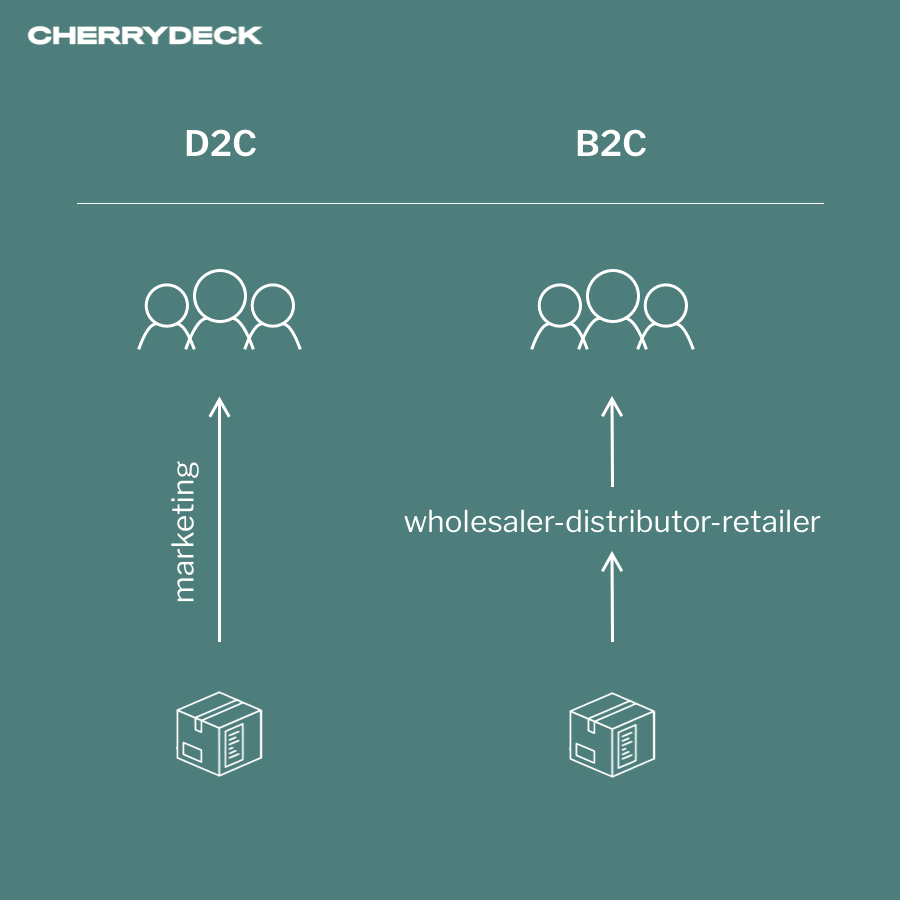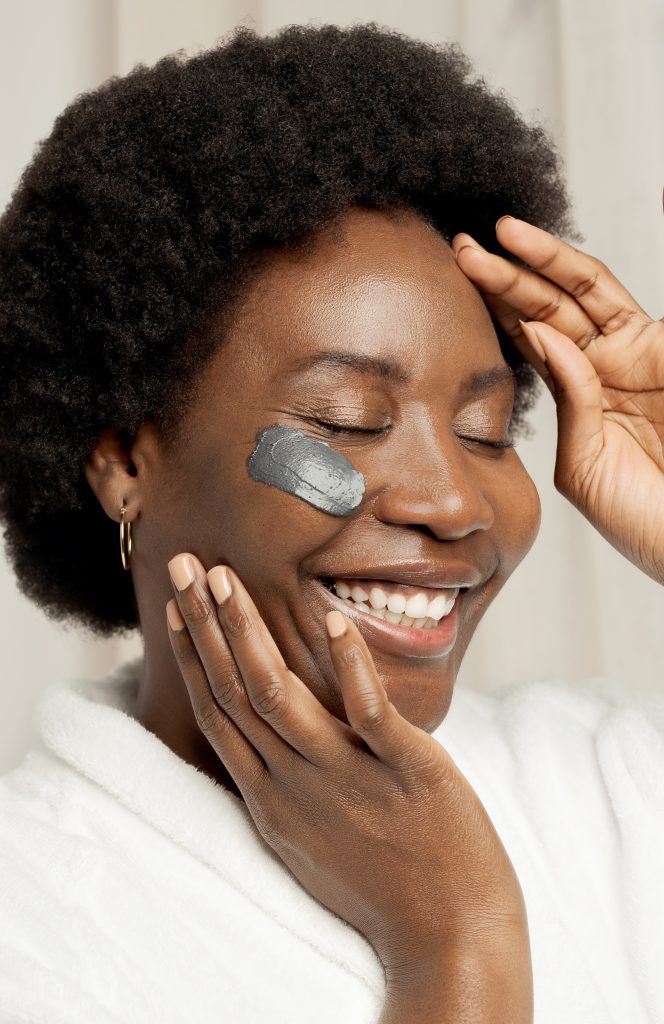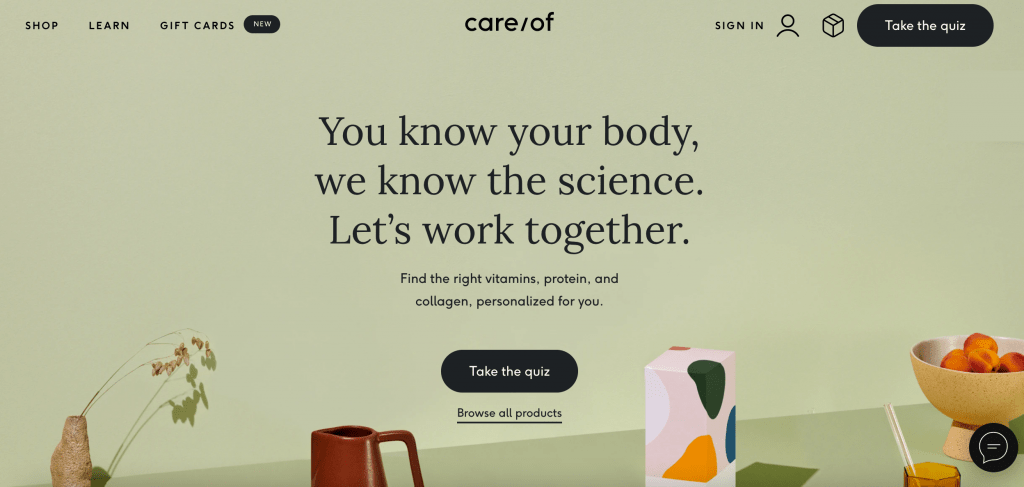Direct-to-consumer (D2C or DTC) businesses are on the rise and have taken the consumer world by storm. Dive into all you need to know about this new model and how to do D2C marketing!
The direct-to-consumer business model moves in popularity as it grows in profitability. Indeed, D2C is one of the top market trends shaping the future of e-commerce and diversifying consumer experience.
The D2C storm has changed the way consumers behave. This model is disrupting the industry by changing consumer expectations of convenience, quality, and trust – and thus, reorienting consumer culture.
Traditional brands have already seen changes in their market shares due to the growing amount of D2C businesses. Therefore, even legacy brands are being forced to adapt and seek to implement direct-to-consumer initiatives or completely switch. Let’s explore what the hype is all about.
In this article we cover:
What is D2C?
Originally, D2C referred to digitally native brands without a physical storefront that sold directly to consumers via a website. Indeed, D2C is a model that works digitally and has been particularly incentivized due to the prominence of e-commerce over the years.
D2C is born under the concept of brands selling directly to their end-consumers – therefore maximizing efficiency and boosting profit. Selling on the internet means a broader choice of who you can sell to, as you can reach anyone around the globe.
A D2C approach consists of a brand not only manufacturing but also marketing and distributing its own products. In other words, D2C brands curate every interaction – from the initial marketing of their products to delivery and customer satisfaction.
Another big characteristic of D2Cs is that they diversify offers alongside the ever-changing consumer’s needs instead of selling fixed products on a static website. For instance, as a footwear brand, you may next start selling socks or accessories as well – expanding your consumer’s experience online.

Are B2C and D2C the same?
B2C stands for business-to-consumer and surely, both B2C and D2C have the same objective of selling to the end-customer. However, B2C brands are used to selling through intermediaries, including retailers, online marketplaces, and specialized distributors. Consumers can’t access their products without them.
B2Cs rely rather heavily on wholesalers and retail partners for sales – especially digital sales. Thus, they can’t control consumer interactions and identify whether they pick their competitors’ products over theirs and why. To put this into perspective we can put a big brand like Coca-Cola as an example. To get a bottle of Coke, customers cannot make a purchase directly from the brand’s website. They have to buy from retailers or wholesalers. Simply put, Coca-Cola relies on these channels to then sell to end customers.
Some even consider D2C a subset of B2C, but in D2C there are no intermediaries for distribution, and driving conversion may look different too.
A D2C brand typically ships directly to consumers, runs pop-up shops, and may partner up with some retailers (without making it its main sales channel). As previously mentioned, D2Cs are in charge of all their processes from manufacturing until the moment the product reaches a customer’s hands.
As D2C you can control your brand messaging, target a specific audience, build your reputation, and improve customer service by your own means. However, due to this responsibility, expertise in a variety of areas is needed.
Through DTC approaches and initiatives, brands are able to have more control and autonomy over their business and brand, have all data on their hands, directly differentiate their value proposition to consumers, and control and personalize their brand experience.

Is D2C viable?
What is clear is that opening D2C channels can be valuable for B2B brands, helping them reach new customers, increase sales and improve relations. It’s about building direct relationships and breaking down barriers to purchase.
Businesses find it hard to shift priorities to D2C fearing that it will not bring as much revenue as their traditional indirect sales. Certainly, D2Cs face the challenge of converting impressions into actual purchases – in other words, ensuring ROI from their marketing strategies.
Successfully doing D2C requires creative thinking and clear strategies. Unquestionably, DTC brands are benefitted from better margins from consumer purchases since they avoid fees or commission charges from partners. Nonetheless, transitioning toward a DTC business model isn’t as simple as abandoning retailers, curating products, and connecting with consumers online.
Brands need to invest in resources, update product data, inventory, orders, supply chain processes, workforce skills, bring new roles and talent in, and enable a full business impact. Consumers nowadays are interested in brands with personality – usually ‘relatable’ – and with products catered to their individual tastes. This is the offer of successful D2C brands.
Take Hello Fresh, an example of a company that addresses multiple different food preferences in their product offering, ships directly to their customers, and markets by themselves. Or Glossier, which went from a small D2C company to a billion-dollar brand in less than a decade. How? Leveraged the community they marketed to by involving their customers in every single process, asking what they wanted, and gathering direct feedback.
Even corporate giants like Unilever want to go D2C. The Clorox Company, Nike, and more have jumped on the wagon as well.

So.. what is D2C marketing?
For digitally native direct-to-consumer (DTC) startups and emerging brands, the goal – and advantage – of D2C marketing is to seamlessly combine brand growth and recognition. Thus, producing better revenue.
For well-established traditional brands, D2C marketing may involve adapting to social media and digital tools, developing an interactive online experience for customers, or strengthening relationships with their customers.
Consumers like discovering and trying new brands. Social media channels make it possible for marketers to present consumers with novel products that they didn’t know they needed. This makes ads and content on social apps crucial for D2C marketing.
How to do D2C marketing?
The ideal scenario is to master customer acquisition. Reduce the time it takes for a customer to discover your brand and buy, whilst generating deeper insights about your consumer needs.

Invest in a good SEO strategy
D2C brands rely exclusively on their website as a sales platform. A reliable SEO is crucial for a complete D2C marketing strategy.
Grow a dominant presence in Google’s search results. Being the first link means you get both attention and more clicks. Did we mention a competitive advantage too?
Work on setting up search-specific landing pages and funneling words that people are searching for related to your products – or experiences. The more product-related terms you target, the more you will appear on people’s searches and the more sales you will drive. In addition, you can work on creating referrals from various third-party sites.
Casper is a D2C mattress company that did this job really well. The brand sells online and pops up in multiple mattress-related terms that its prevalence in Google searches is outstanding.
When building your ads with customized landing pages make sure to avoid generic information. List the benefits and value behind clicking on your link rather than your competitors’. For example, keywords like ‘same-day delivery’, ‘setup included’, ‘packaging removal’ can compel potential customers.
Branded Content and Influencer Marketing
While investing in effective SEO can be quite expensive, working on content can be more feasible and still quite successful.
According to Forrester, the D2C appeal for consumers is that it has allowed brands to create a consistent, focused brand experience that resonates with them. It’s about providing value while having forthcoming business values on your website and throughout the content you produce.
That’s where branded content and influencer marketing come into place. Both work to reach your target customer and increase brand recognition. Instead of generic images, you should opt for pictures and videos that truly reflect your brand’s aesthetic, personality and values.
This applies to influencers too. Work with ones that align with your brand. To find which influencer will align perfectly with your brand, search about different influencers and their niche industry and evaluate their engagement with the audiences by checking the influencers’ analytics and various other metrics.
Your content and marketing collateral, including designs, videos, web content, social media content, branded dynamic QR codes, etc. must adhere to your brand guidelines to showcase your D2C brand in the way it is supposed to be, and this must continue across all stakeholders.
With Cherrydeck and our Branded Stock service, brands can create customized content with their own products. You can source lifestyle, still life, editorial, product photography, and more. All tailored to your brand’s needs and following your brand’s guidelines.
A great example of top branded content is the viral video of Dollar Shave Club that made the company instant sales upon launch. Viral videos or images create coverage, hype, and drive conversion. For brands, there is still a framework, preparation, and technicalities involved in making a viral hit, but the key is to produce something credible and of value.



Social ads and PPC (pay-per-click)
In-feed ads – like the ones we see on Instagram and Facebook – allow D2C brands to accumulate and build on audiences with niche interests with great precision.
Users see numerous ads daily. The way to grab a user’s attention is by giving them valuable information or innovative content.
However, do not rely on ads entirely. Amplify your organic content that seems to do well: user-generated content, q&a’s, etc. Additionally, you should focus on getting data such as emails or phone numbers instead of simply paying for users to see your ad.
Once this data is collected, you must keep your users in the loop about the brand with updates, offers, interesting content, a thank you note, and more. But remember, data is just that unless you analyze it and use it properly.
Leverage your community
People like to feel that they belong. This is why consumers like to experience or talk about products with other like-minded individuals. D2C brands understand this and take advantage of their audience to create a sense of community with their users.
For instance, Peloton’s value proposition includes exercising from home with members around the world creating an exclusive community of Peloton users. Our previously mentioned example, Glossier, fosters group discussions about beauty products to gather the feedback they need.
Another great way of leveraging your community is through UGC ( user-generated content). This creates a lot of engagement from your audience and the word-of-mouth effect that incentivizes others to try your products.
Modern consumers rely a lot on reviews and fellow shoppers’ opinions, therefore counting on your audience to create authentic content can be fruitful.
Take your data seriously
Finally, D2C marketing gives you full access to your own customer data (location, purchasing preferences, and social media profiles). Use this to your advantage.

A great example is Care Of, which offers a quiz to find the “right vitamins, protein, and collagen personalized for you.” Not only did they create a conversion driver by using gamification, but also a great consumer data source.
Analyze and gain a clear overview of your buyer’s behavior to drive conversions, identify opportunities and improve customer experience. This proves useful if you are sending email newsletters and offers as well.

If you found this piece insightful, check out our articles on the importance of product photography, product photography ideas for your brand, and video marketing ideas you could use.